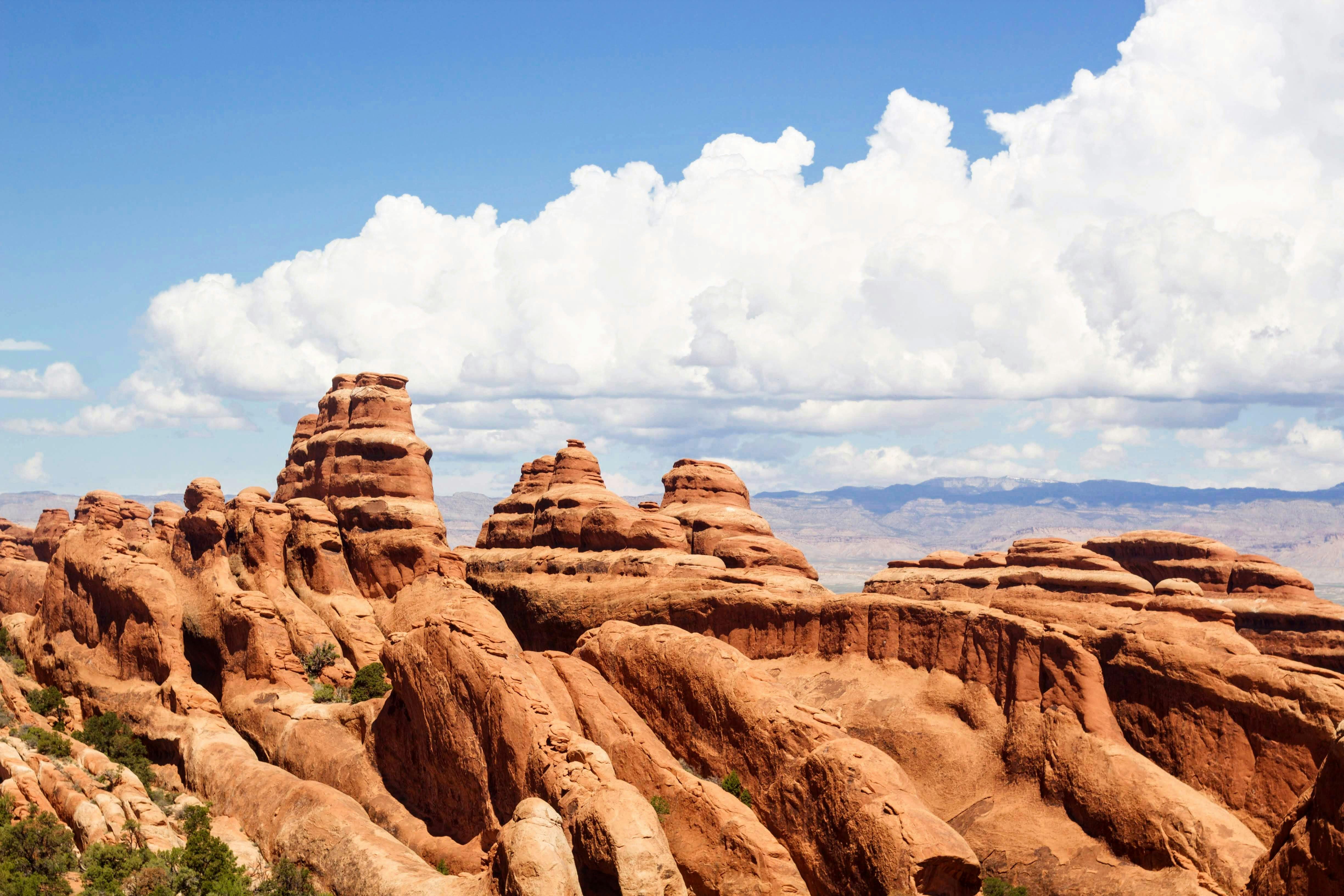In 1859 gold was discovered in the mountains near Idaho Springs, CO. A small party led by General George E. Spencer set up camp along the Blue River. The settlement was named “Fort Mary B” after the only woman in the group. The camp soon grew, and Spencer renamed the settlement “Breckinridge” after the Vice President of the United States at the time. Spencer hoped that this politically astute move would result in the area receiving a post office. His strategy paid off, and in January 1860 Breckinridge had the first post office between the Continental Divide and the state of Utah. Later that same year, Breckinridge officially became part of the Colorado Territory.
A year later, former Vice President Breckinridge chose to side with the Confederate Army, accepting the position of brigadier general. This choice did not go down well with the residents of the small town, so they opted to change their community spelling to Breckenridge… which is still the current spelling.
Breckenridge has a number of famous citizens. George Spencer later became a United States Senator. Barney Ford, once a runaway slave and member of the Underground Railroad, built several businesses, established an adult education program, and is considered one of the Founding Fathers of Colorado. Father John Lewis Dyer juggled his passion for God and the outdoors by skiing across the Continental Divide and delivering gold, mail and the gospel. Edwin Carter originally arrived in the area in 1859 and began his search for gold, but after seeing the damage mining efforts caused to the area’s natural beauty, he began cataloging and saving the local plant life. The turned naturalist collected thousands of specimens during his lifetime and was largely responsible for the founding of the Denver Museum of Natural History.
Gold remained Breckenridge’s main draw until the early 20th century. The most famous find is attributed to Tom Groves in 1887. Groves presented his nugget wrapped in a blanket and it was named “Tom’s Baby”. Oddly enough, after putting the 13-pound nugget on the train to Denver, he disappeared. When he surfaced 85 years later, he weighed five pounds less. In the early 1900s, the Blue River was being dredged, and these efforts continued until just before World War II, when labor resources ran out.
Today, Breckenridge benefits from its proximity to another great attraction of the mountain: tourism. The mountains of Colorado attract thousands of visitors each winter for the snow, and even more visitors who enjoy fishing, hiking, biking, and golfing during the summer. Breckenridge was once a rustic mining tent town, but today it is a vibrant community with a variety of hotels, condominiums, and options for Colorado vacation rentals. [http://www.playnicevacations.com] — Colorado recreation brought a renaissance to the city.




